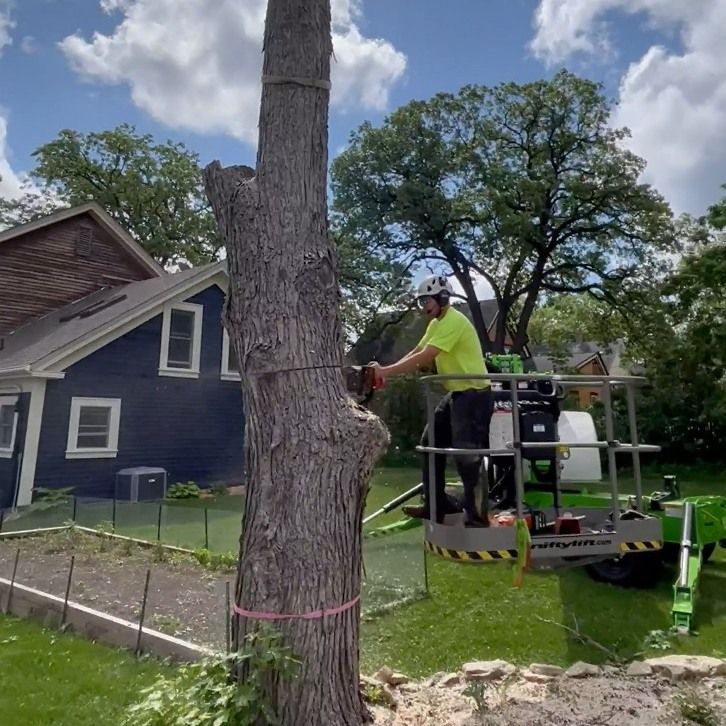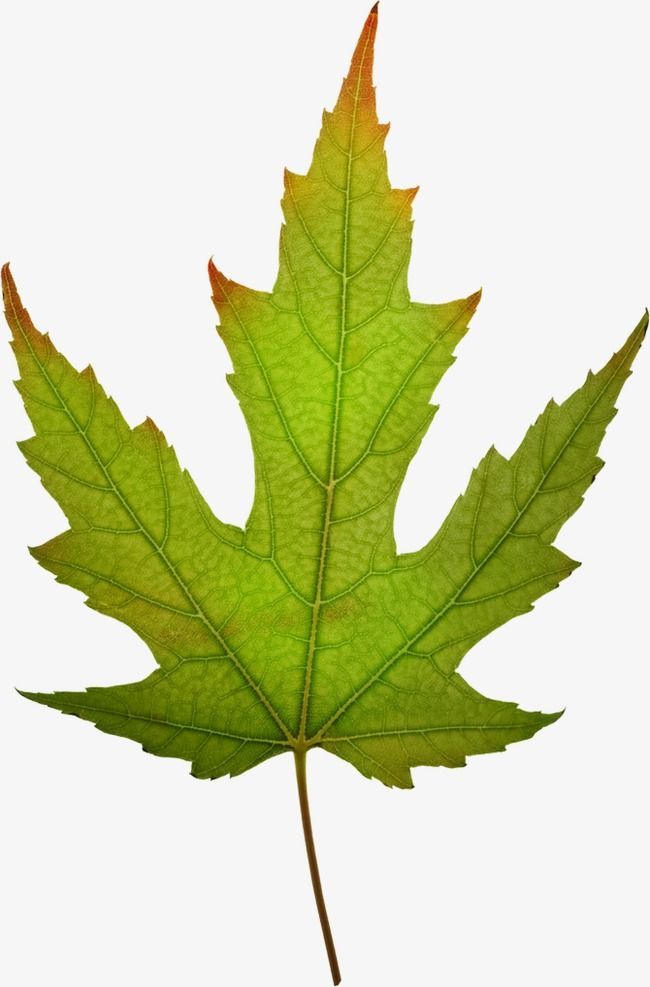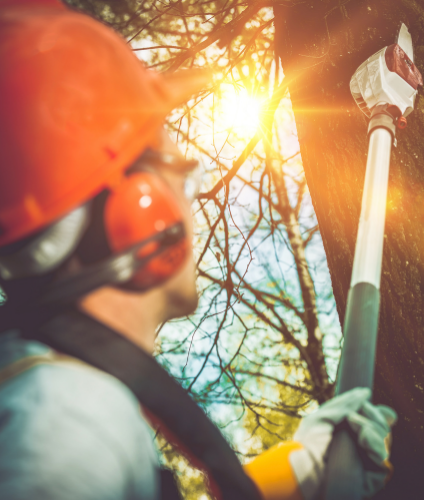Our Blog
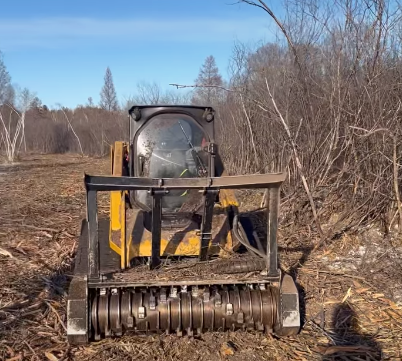
By NWI Tree Service
•
09 Apr, 2024
Have you ever walked through a beautifully maintained piece of land and wondered how it got to look so pristine and natural, without the piles of brush and debris that usually accompany land clearing? Well, there's a good chance forestry mulching was at play, a service we're proud to offer. Let's dive into what forestry mulching is, how it works, and why it might just be the land management solution you've been looking for. What Is Forestry Mulching? In the simplest terms, forestry mulching is a one-step process that uses a specialized machine — our beloved forestry mulcher — to cut, grind, and spread vegetation as mulch on the ground. This technique is a game-changer for land clearing, offering a way to manage vegetation, improve soil health, and enhance the landscape, all without the need for multiple machines or the hassle of hauling away debris. How Does It Work? Imagine a robust, all-terrain vehicle equipped with a powerful cutting attachment that can take down trees, shrubs, and underbrush, then immediately grind them into a fine mulch. This mulch is then evenly distributed over the area, providing a host of benefits. Our forestry mulcher is designed to tackle a variety of vegetation types, making it a versatile tool for land management.
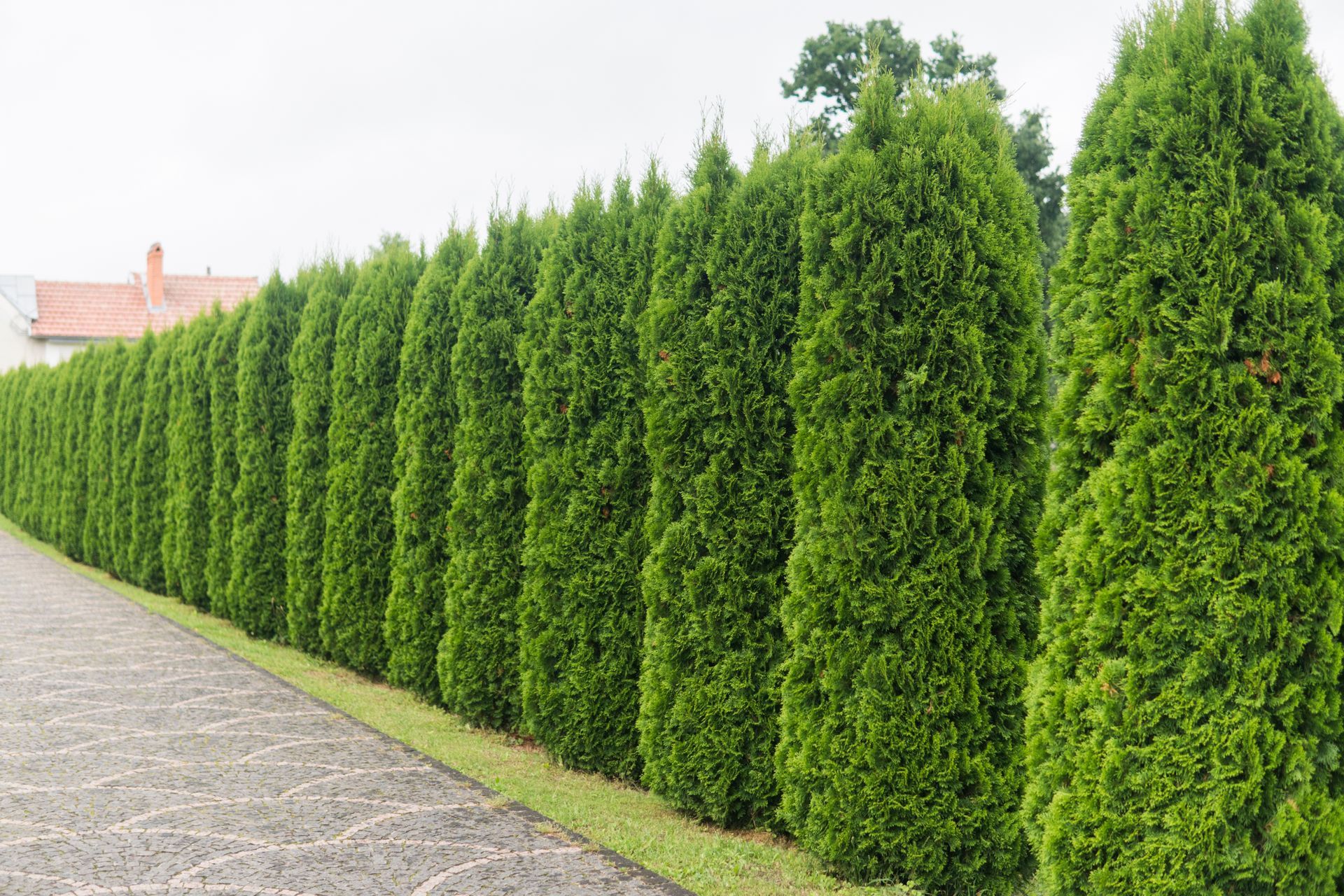
By NWI Tree Service
•
07 Mar, 2024
If you're dreaming of adding some lush, evergreen beauty to your yard with arborvitae, you've come to the right place. These hardy trees can offer privacy, wind protection, and a splash of green all year round. Let's dive into how you can make these beauties thrive in our unique Minnesota climate. Understanding Arborvitae Trees First off, arborvitae (Thuja spp.) are a group of evergreen trees known for their dense, soft foliage and conical shape. They're a popular choice around here for creating natural fences and adding structure to the landscape. Plus, they're pretty low-maintenance once established. What's not to love? Why Choose Arborvitae? Privacy : Their dense foliage makes them perfect for creating living privacy screens. Windbreaks : They can reduce wind speed and protect your property from harsh winds. Aesthetic Appeal : With their lush greenery, they add a touch of elegance to any yard. Selecting the Right Arborvitae Tree Choosing the right arborvitae for your yard is crucial. You'll want to consider: Size and Growth Rate: Make sure you pick a variety that fits your space at its mature size. Cold Hardiness: This is key in Minnesota. Look for varieties that can withstand our chilly winters. Top Picks for Minnesota Emerald Green (Thuja occidentalis 'Smaragd') : Compact and cold-hardy, perfect for smaller spaces. North Pole® (Thuja occidentalis 'Art Boe') : Resistant to winter burn, making it a great choice for our climate.
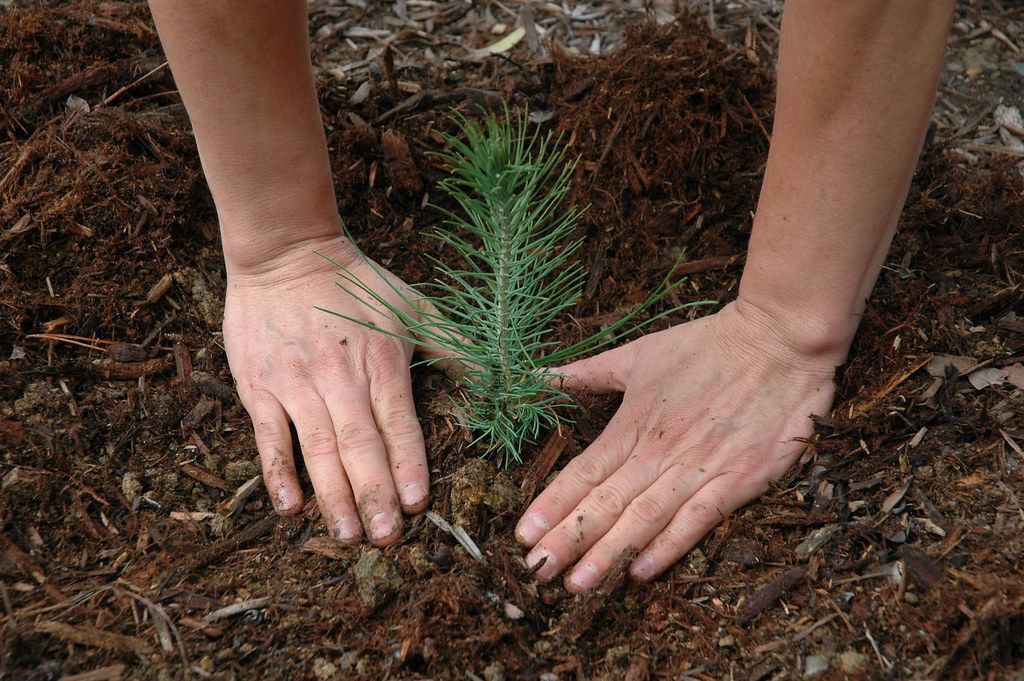
By NWI Tree Service
•
01 Nov, 2023
If you're anything like us, you've got a soft spot for the trees that grace our beautiful state. Whether it's the fiery reds of the maples in the fall or the sturdy pines standing tall in the winter, trees are a big part of what makes Minnesota home. So, let's dive into how we can give them the best care possible, shall we? Planting Trees in Minnesota: Getting the Basics Right Picking Your Tree Buddy: In Minnesota, it's all about choosing trees that love our climate as much as we do. Native trees like the Maple, Oak, Pine, and Birch aren't just popular; they're tried and true companions that thrive here. Timing is Everything: There's a time for everything, and planting trees is no exception. Late spring, after the last frost, and early fall, before the first freeze, are your golden windows. Plant then, and your tree will have the best shot at settling in comfortably. Digging the Right Way: Turns out, planting a tree too deep is just as bad as too shallow. Make sure your tree's root flare (where the roots start to spread out) is level with the ground. And give those roots some elbow room! A spacious, well-draining hole is key.
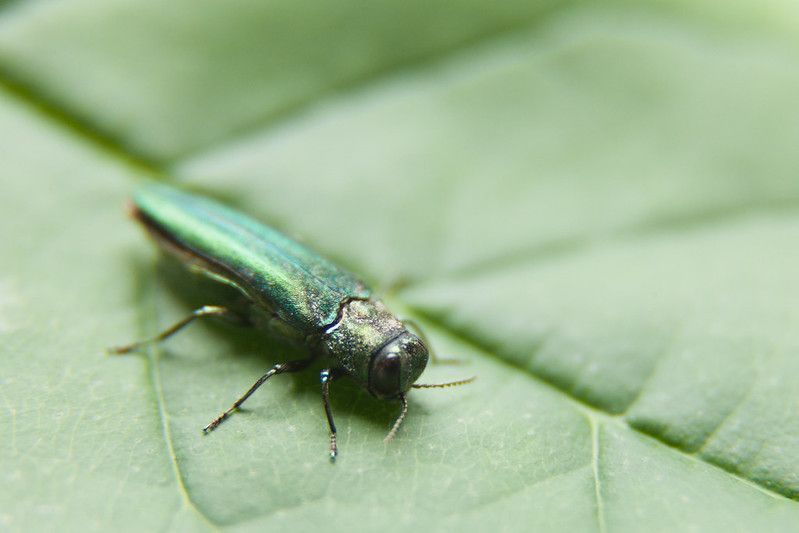
By NWI Tree Service
•
05 Oct, 2023
Among the various tree species, the ash tree has been cherished for its strength and resilience. However, the emerald ash borer (EAB) poses a significant threat to these trees. In this blog, we will delve into how the emerald ash borer affects your trees, how to identify an infestation, and the crucial role that professional arborists play in treatment and prevention. The Emerald Ash Borer: Characteristics The emerald ash borer, scientifically known as Agrilus planipennis, is a tiny but highly destructive invasive beetle native to Asia. First detected in North America in the early 2000s, it has since spread like wildfire, causing widespread devastation to ash trees throughout the continent. Its distinctive appearance and coloration make it relatively easy to identify if you know what to look for. Here are some key characteristics of the emerald ash borer: Size: Adult emerald ash borers are typically about 0.3 to 0.5 inches (7.5 to 13 mm) in length. They are relatively small insects. Color: The most striking feature of the emerald ash borer is its metallic green color. It has a shiny, emerald or jade-green exoskeleton that gives it its name. This bright green coloration sets it apart from many other beetles found in North America. Shape: The beetle has an elongated and slightly cylindrical body with a tapered appearance toward the rear. Its body is relatively slender. Elytra: The elytra are the hardened wing covers that protect the beetle's wings. On an emerald ash borer, the elytra are green with a series of wavy, irregular lines of a coppery or purplish color. These lines create a distinctive pattern on the back of the beetle. Underbelly: If you were to flip the emerald ash borer over, you would notice that its abdomen is also green but may have some bronze or coppery coloring as well. It's worth noting that this part of the beetle is not as commonly seen since the beetle spends most of its life under the bark of trees. Legs: The beetle has six legs, which are typically black in color and relatively short compared to its body. While the adult emerald ash borer is relatively easy to identify due to its metallic green color and unique markings, it's important to note that the larvae, which cause the most damage to ash trees, are not easily seen as they reside beneath the bark. It's the signs of infestation, that are often more noticeable when trying to confirm an emerald ash borer presence.
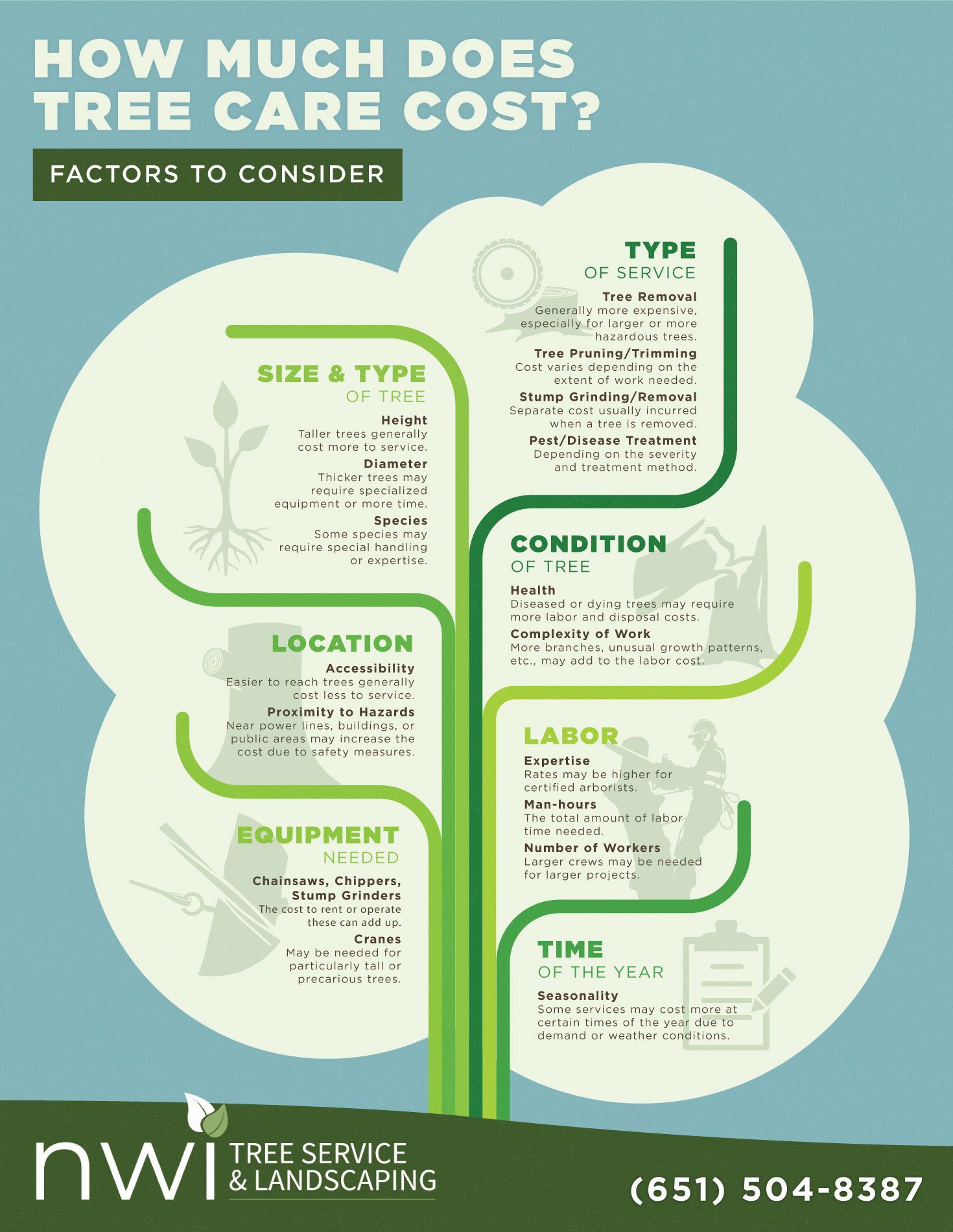
By NWI Tree Service
•
15 Sep, 2023
The cost of tree care projects can vary widely depending on a range of factors. Understanding these factors can help you better budget and plan for such projects. Here is a list of factors that contribute to the cost: Type of Service Tree Removal: Generally more expensive, especially for larger or more hazardous trees. Tree Pruning/Trimming: Cost varies depending on the extent of work needed. Stump Grinding/Removal: Separate cost usually incurred when a tree is removed. Pest/Disease Treatment: Depending on the severity and treatment method. Size and Type of Tree Height: Taller trees generally cost more to service. Diameter: Thicker trees may require specialized equipment or more time. Species: Some species may require special handling or expertise. Location Accessibility: Easier to reach trees generally cost less to service. Proximity to Hazards: Near power lines, buildings, or public areas may increase the cost due to safety measures. Condition of the Tree Health: Diseased or dying trees may require more labor and disposal costs. Complexity of Work: More branches, unusual growth patterns, etc., may add to the labor cost. Equipment Needed Chainsaws, chippers, stump grinders: The cost to rent or operate these can add up. Cranes: May be needed for particularly tall or precarious trees. Labor Expertise: Rates may be higher for certified arborists. Man-hours: The total amount of labor time needed. Number of Workers: Larger crews may be needed for larger projects. Time of Year Seasonality: Some services may cost more at certain times of the year due to demand or weather conditions. The experts here at NWI Tree Service can help you determine what your tree care needs are and determine a more precise cost of services. Get in touch with us today for a free consultation!

By NWI Tree Service
•
09 Apr, 2024
Have you ever walked through a beautifully maintained piece of land and wondered how it got to look so pristine and natural, without the piles of brush and debris that usually accompany land clearing? Well, there's a good chance forestry mulching was at play, a service we're proud to offer. Let's dive into what forestry mulching is, how it works, and why it might just be the land management solution you've been looking for. What Is Forestry Mulching? In the simplest terms, forestry mulching is a one-step process that uses a specialized machine — our beloved forestry mulcher — to cut, grind, and spread vegetation as mulch on the ground. This technique is a game-changer for land clearing, offering a way to manage vegetation, improve soil health, and enhance the landscape, all without the need for multiple machines or the hassle of hauling away debris. How Does It Work? Imagine a robust, all-terrain vehicle equipped with a powerful cutting attachment that can take down trees, shrubs, and underbrush, then immediately grind them into a fine mulch. This mulch is then evenly distributed over the area, providing a host of benefits. Our forestry mulcher is designed to tackle a variety of vegetation types, making it a versatile tool for land management.

By NWI Tree Service
•
07 Mar, 2024
If you're dreaming of adding some lush, evergreen beauty to your yard with arborvitae, you've come to the right place. These hardy trees can offer privacy, wind protection, and a splash of green all year round. Let's dive into how you can make these beauties thrive in our unique Minnesota climate. Understanding Arborvitae Trees First off, arborvitae (Thuja spp.) are a group of evergreen trees known for their dense, soft foliage and conical shape. They're a popular choice around here for creating natural fences and adding structure to the landscape. Plus, they're pretty low-maintenance once established. What's not to love? Why Choose Arborvitae? Privacy : Their dense foliage makes them perfect for creating living privacy screens. Windbreaks : They can reduce wind speed and protect your property from harsh winds. Aesthetic Appeal : With their lush greenery, they add a touch of elegance to any yard. Selecting the Right Arborvitae Tree Choosing the right arborvitae for your yard is crucial. You'll want to consider: Size and Growth Rate: Make sure you pick a variety that fits your space at its mature size. Cold Hardiness: This is key in Minnesota. Look for varieties that can withstand our chilly winters. Top Picks for Minnesota Emerald Green (Thuja occidentalis 'Smaragd') : Compact and cold-hardy, perfect for smaller spaces. North Pole® (Thuja occidentalis 'Art Boe') : Resistant to winter burn, making it a great choice for our climate.
Submit A Form:
Get In Touch
We are here to help you take care of your tree care needs. Get in touch with us today to schedule your free consultation!
© 2023 All Rights Reserved | North Woods Industries, LLC | Privacy Policy

